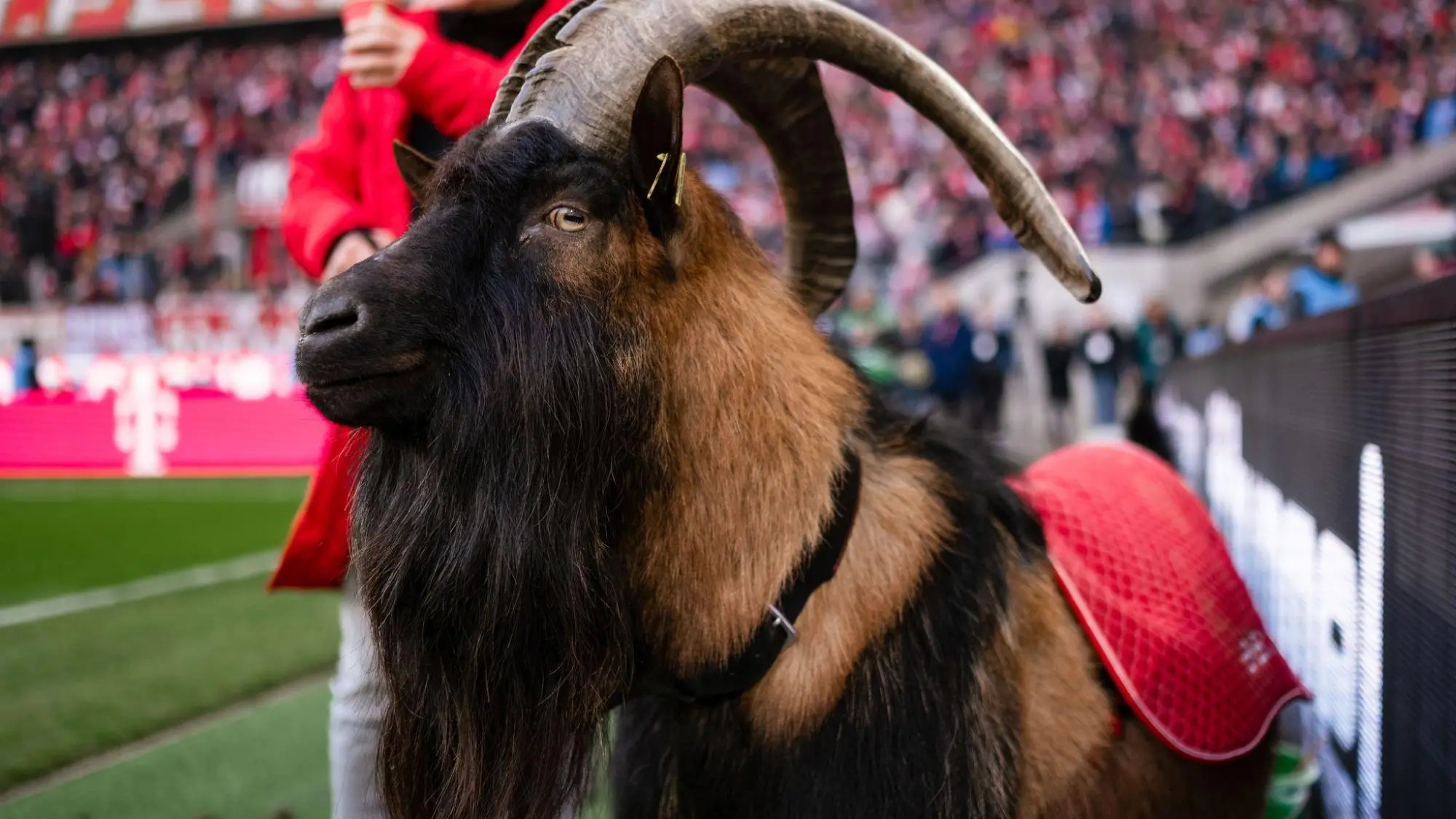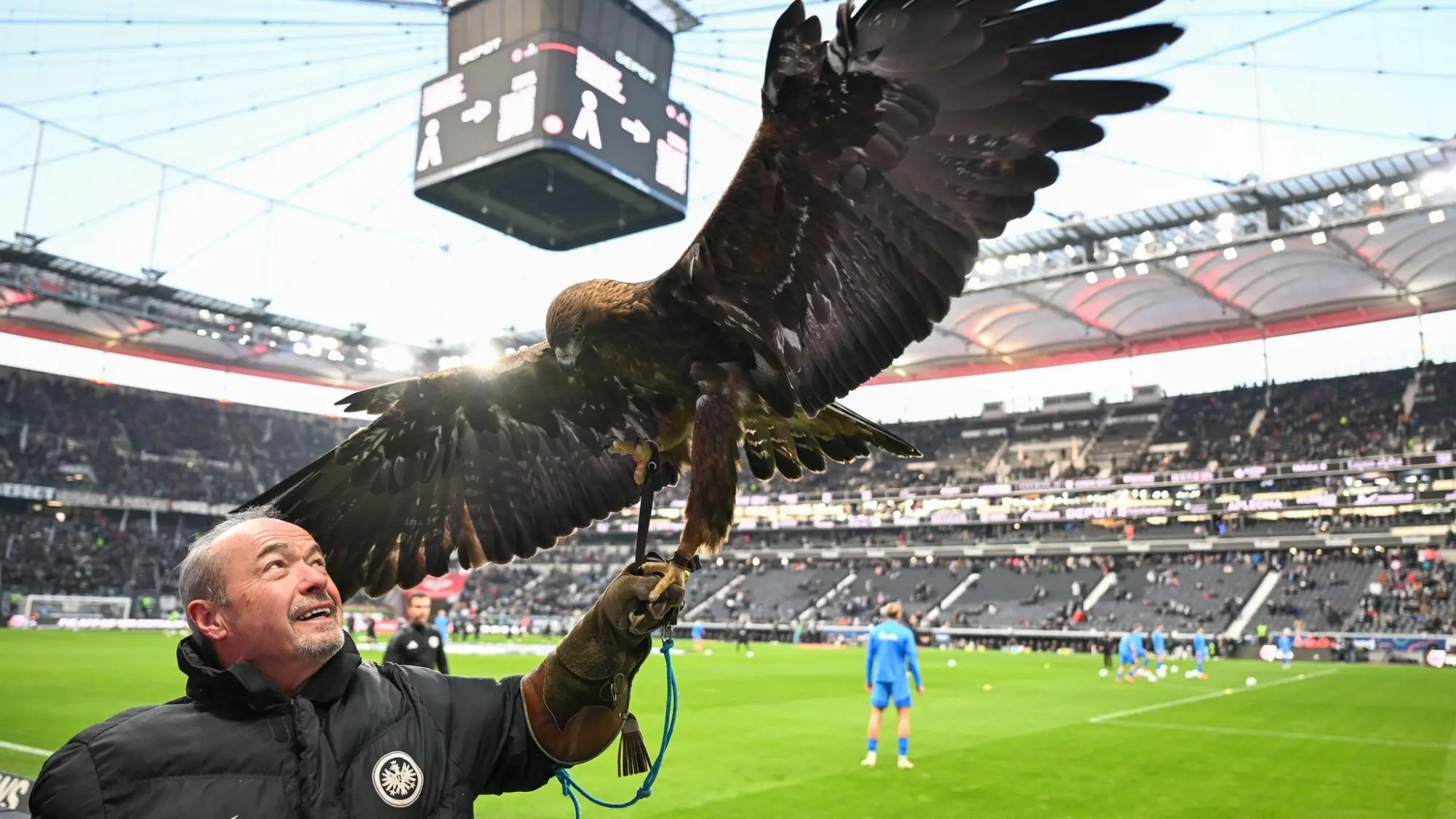I just want to note that “the UConn Huskies” is one of my favorite bits of sports-related wordplay.
I’m embarrassed to admit that it took me a long time to recognize that wordplay.
Old-time baseball teams had human mascots, including
"…a boy named Charlie Gallagher who was “said to have been born with teeth and is guaranteed to possess all the magic charms of a genuine mascot.”
St. Louis City Soccer just displayed their new mascot. A British Yellow Labrador. I was looking for the name and it may be a Team Pet rather than a mascot.
Many teams also have a “team pet” that isn’t really a mascot (or at least isn’t the same animal as the team name). Arsenal Football Club have a dog named “Win” that is often in their media releases, for example.
Yes, this is the type of thing I was asking about in my OP.
His name is Petey, he’s a team pet. It’s in my OP.
Well, TIL that. Huh. And it still took me about a minute to figure it out, knowing it was wordplay. Yukon. Got it.
Funny you should mention “The Eagles” with a living breathing eagle as your first example, because yes, actually.
FSU has Chief Osceola (human) riding Renegade (Appaloosa horse). They are never referred to as mascots, but as symbols of the University. The portrayal has the support of the Seminole Tribe of Florida who designs and approves the costume of Osceola.
There is a human in a horse costume (Cimarron) at other games who is referred to as a mascot.
The CFL’s (Canadian Football League) Calgary fans. It’s been a Grey Cup (championship game) tradition since 1948 for them to ride (or more often attempt to ride) a horse through a prominent hotel lobby in the host city. In more recent years, the practice has been tolerated, with the hotel lobby being well prepared for any “accidents”.
Why Calgarians ride a horse through a hotel lobby for the Grey Cup
St. Bernard Schottzie was a de facto mascot for the Cincinnati Reds, due to belonging to owner Marge Schott. Official team photos from that era always had Schottzie at front & center.
CU Boulder (Coach Prime these days) has Ralphie, a real life buffalo, Ralphie sometimes goes rouge and his handlers can’t really keep him on the straight and narrow. Ralphie - University of Colorado Athletics
Youtube: Ralphie the Buffalo Run Colorado vs USC- November 11, 2017
There is Cologne’s football club, the 1. FC Köln, who have a living mascot as requested by the OP:
The club is nicknamed Die Geißböcke (The Billy Goats) in reference to its mascot, a male goat named Hennes after veteran Köln player and manager Hennes Weisweiler. The first Hennes was donated by a circus entrepreneur as a Cologne carnival joke. The current mascot is Hennes IX as of 1 August 2019 after Hennes VIII was retired by the club due to old age.
Lazio Roma, another football club, used to have an eagle as mascot until january this year, but then the falconer behaved stupidly. Not for the first time:
Curious that the handler of an eagle is called falconer.
Benfica Lisbon also has an eagle, called Águia Vitória. Here is a YouTube video, under one and a half minutes. Legend has it that if the eagle flies two rounds around the stadium before the match, Benfica wins, but if it only flies one, Benfica loses. I think it should be easy to check whether that legend holds true.
Eintracht Frankfurt has another eagle called Attila since 2006.
I remember visiting Vilas Zoo in the 70s and they had a badger on display and there was a sign proclaiming him (or possibly her) to be Bucky Badger.
The University of Colorado actually has a buffalo as a mascot.
DId you by any chance click on @Railer13 's link?
Really?
Well, I saw 3 or 4 people running onto the field with a Buffalo leading their team. I could have been hallucinating, but a check via the Internet confirms that they do have one, in fact:
Yes, at least one major college team has a buffalo as a mascot: the University of Colorado Buffaloes, whose live mascot is a bison named Ralphie. The team officially adopted buffaloes as their mascot in 1934, and the tradition of a live buffalo running onto the field during football games began in 1966.


